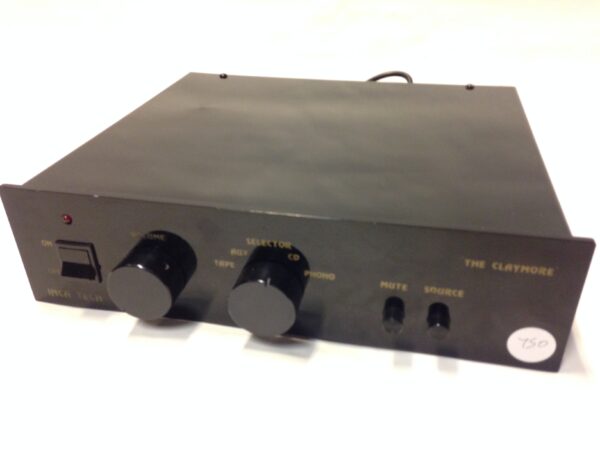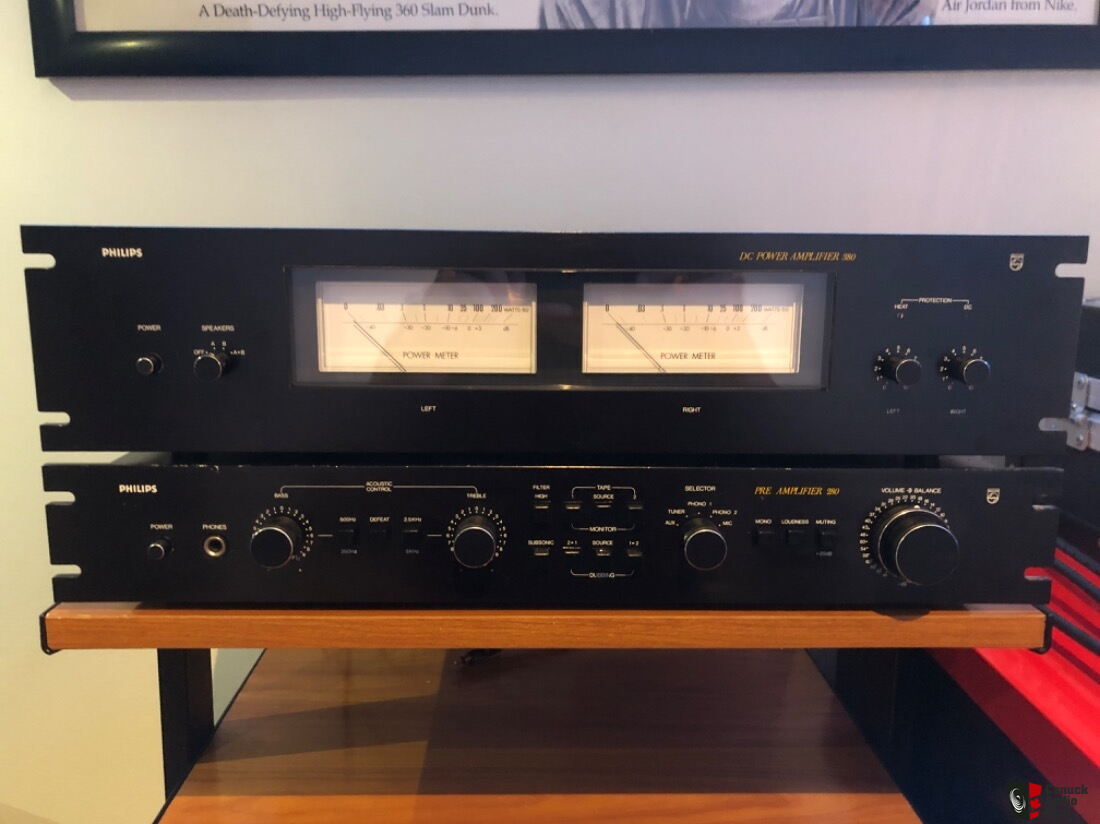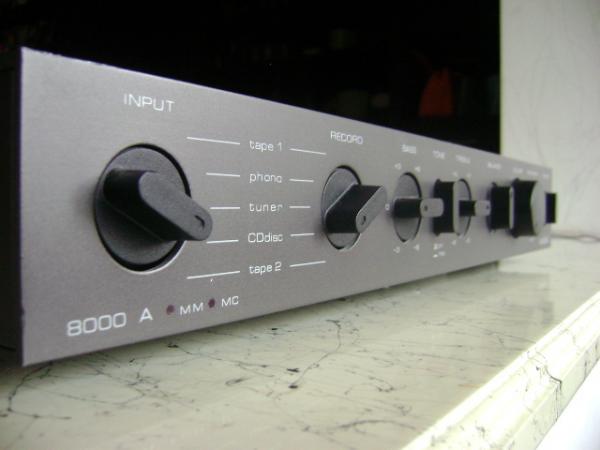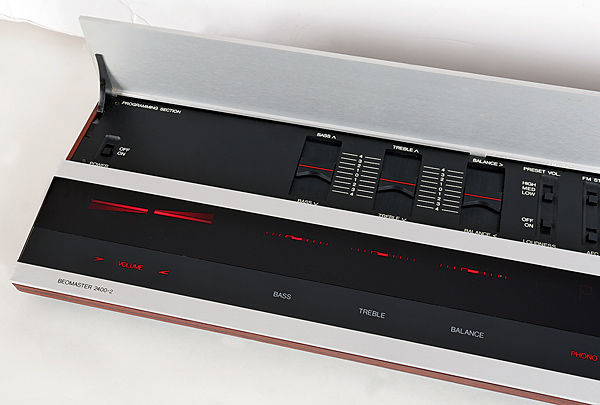Do you recall the decade of the 1980s? The only substantial amplification at the start of the decade came in two boxes. You’d have to buy two, one marked ‘pre’ and the other marked ‘power’, whether it was Naim, Meridian, Exposure, or Quad. Then, in 1984, Naim Audio shocked the hi-fi world with the introduction of a new ‘entry-level’ integrated. The NAIT, which retailed for £235, was significantly more expensive than any other specialized product of its kind, and it also promised far more. The notion was that by reverting to a single box, prices might be reduced without sacrificing too much quality. It was also successful. Despite its small size and low rated power output, the baby Naim was a tremendous hit and spawned a slew of knockoffs.
A slew of ‘specialist’ British amplifier makers developed their own devices by the mid-eighties. The AP30 from NVA was possibly the most severe, with only an input selector, volume control, and on/off switch (on the rear panel, naturally). Exposure’s X was a strong NAIT competitor, with significantly more power and a more muscular sound, but at the expense of some of the NVA’s finesse. The NAIT’s enemy, on the other hand, came from Essex’s Canvey Island, in the form of Inca Tech’s Claymore. To achieve a presence in the fast-growing ‘super integrated’ industry, this £345 amp from a little-known firm relies only on its excellent sonics.
Fit and finish are poor by today’s standards. The chassis and casing are made of rough-pressed aluminium with a crackle black finish on the top and front panel (what else!). The Claymore is a genuine explosion of amenities when compared to its austere competition. Volume and input selection are controlled by two massive black knobs, while tape monitoring and mute are controlled by a couple of rough-feeling push buttons (absolute luxury!). The kit is completed by a clumsy front panel on-off switch and (on later models) a headphone plug. Similarly to how blue LEDs are now standard, every black box in the 1980s had to have appropriate gold lettering (“nice”), and this is no exception.
Around the back were RCA connections for phono, CD, Aux, and Tape sources — rudimentary by today’s standards, but a CD input on an amp from 1985 was a revelation. The amplifier’s underbelly featured an MM-MC phono gain selector from issue 2 onwards, as well as a rudimentary balance control pot (thankfully devoid of a knob).
If the outside is a “nightmare on amplifier street,” the inside is a nice respite. A high-quality ALPS volume pot, robust ELNA power supply smoothing capacitors, and a strong toroidal transformer help the Claymore reclaim some cool points. The Claymore’s circuit layout is clean and simple, and while it doesn’t appear to be as well-designed as its Naim opponent, you can tell that a lot of thought went into it. The super-chunky cables connecting the output transistors to the rear panel loudspeaker connections are very striking.
When you plug it in, you get practically all of the grip and speed of the Naim NAIT, plus a lot more grunt and elegance. This vintage Colin Wonfor design actually sounds very modern and can comfortably see off many of today’s sub-£1,000 integrated models, combining a rather sweet, smooth, and big-hearted sound with real skin-of-the-teeth transient ability. The Claymore has plenty of strength, but it can also go loud (and quiet) quickly, making it ideal for articulating rhythms. Even better, it lacks the ‘brightly lighted’ upper midband of the original NAIT, allowing you to use it with truly transparent loudspeakers without reaching for the paracetamol. In terms of melody and dynamics, it’s a surprisingly sophisticated and modern sounding design that yet gets the job done. The frosting on the cake is the phono stage, which was built back when black plastic was the only acceptable sound source.
The good news is that Claymores can be found secondhand for as little as £100, making them far more affordable than any other ‘super integrated’. The finish improved over time, and Inca Tech even produced a gold-plated version (selling for £645 in 1987), of which only six were built. There are few amplifiers from the 1980s that can match the original Inca Tech in terms of sound per pound.
Colin Wonfor has found a new home at Tellurium Q, where his Single Ended Class A amplifier has garnered many fans after a stint away from the business. The business has now launched the new Claymore, however it isn’t a direct spiritual successor and doesn’t share any parts with the original at £3,760. The classic Claymore, as it is now known, has a cult following, and there is some material on the internet about it – audiochews is a nice place to start. Although some parts are now difficult to come by, it is still well worth the effort to keep this charming little classic alive.







